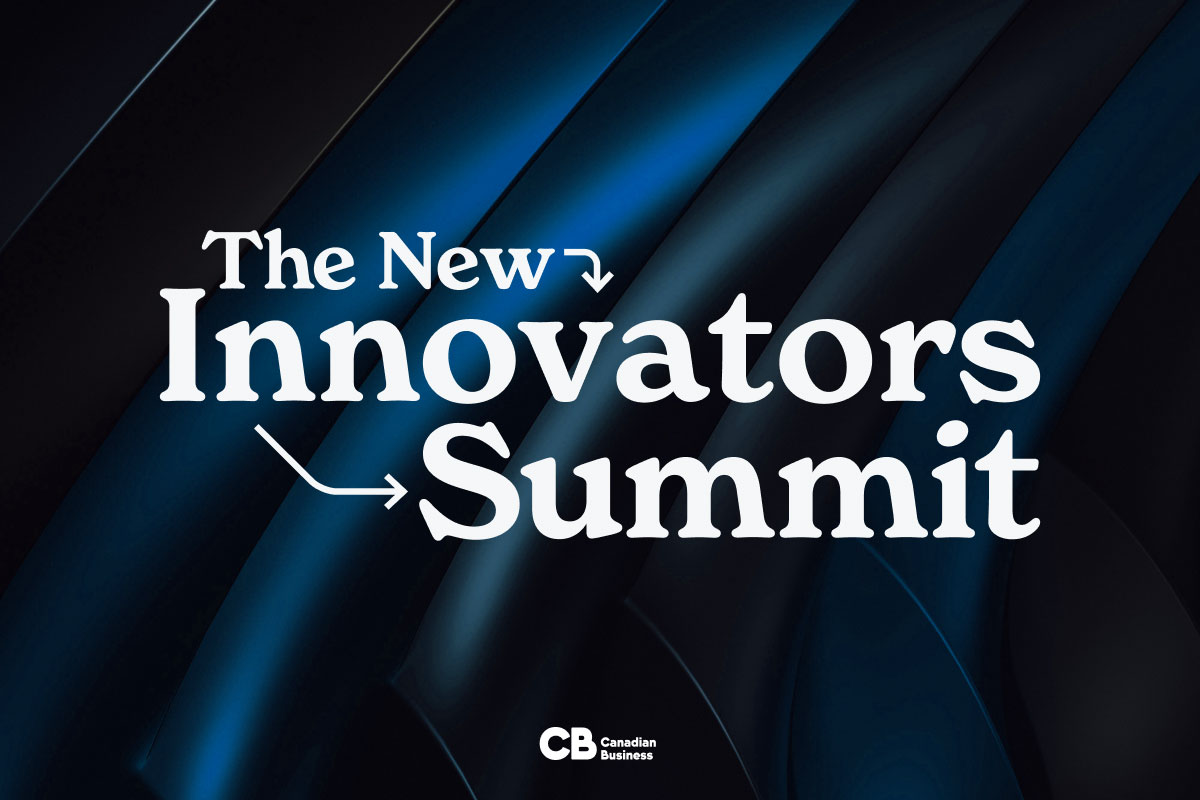Uber Canada’s Matthew Price Is Leading the Charge on Sustainability Through Electric Vehicles

Canadian Business is back. Today’s CB is all about profiling and connecting innovative leaders who are changing Canada for the better.
CB gives these leaders—and those who want to learn from them—the resources, networking opportunities, and inspiration to innovate, connect and continue to challenge the status quo. One of the ways we are doing this is through the Canadian Business Leadership Circle, CB’s leader-in-residence program where each month we engage a different C-suite-level executive making an impact in their field. As part of the program, readers will have the chance to connect with these execs for mentorship and professional development through exclusive content, virtual fireside chats, and more.
Our leader-in-residence this month is Matthew Price, general manager of Uber Canada. Price spoke with CB about how Uber has adapted new strategies while emerging from the pandemic, how the company is leading the charge on the electric vehicle shift, and what’s in store for the future.
How did your career path, which includes your experiences as a strategy consultant advising global Fortune 500 companies, bring you to Uber’s Canadian operations?
Prior to leading Uber’s Canadian operations, I worked as a strategy consultant at Monitor Group and Monitor Deloitte, studied internationally at INSEAD Business School (France and Singapore) and helped to scale Uber across Europe. This diversity of experience has mattered as I’ve left my comfort zone to learn about myself and tighten the aperture on where I want to focus my energies in building a better world. It has mattered in terms of building the rounded skillset required to build and lead high-performing organizations. And it has mattered in terms of getting exposure to a diverse set of people and ideas to broaden my perspectives and spur creativity and innovation.
How would you describe your vision for Uber Canada as we emerge from the pandemic? How have things changed for the company during COVID-19 and impacted your strategy for the future?
It’s no secret that ridesharing slowed down during the pandemic. In fact, we encouraged people to stay home and stay safe while we pivoted our business to help move what matters, from dropping off care packages to picking up first responders. But even during this challenging time, COVID-19 didn’t detrimentally impact our plans—it spawned new ones. Like many other companies, the change induced by the pandemic provided a moment to think about how we could build back better. In 2020, when we looked out our windows, we saw many cities breathing cleaner air than ever before. To me, that was an opportunity to reset, and double down on sustainability.
Last year, Uber made a commitment to become a zero emissions platform by 2040. How do you plan to get there for Canada?
This is a goal we can’t reach alone. We’re working closely with policymakers and industry partners to help us reach this target and create real, lasting change. I always tell my team: reaching zero emissions is a team sport and this is the next frontier of how ridesharing can change our cities for the better.
For Uber in Canada, we have a few key actions that will help get us there. One is expanding Uber Green, our low-emissions ride option, to give consumers a greener way to travel, experience the magic of electric vehicles (EVs), and support the drivers who are using EVs or hybrid vehicles on the platform.
The second is finding more ways to help drivers transition to EVs. We’re doing this through different partnerships that incentivize drivers to consider an EV or help build a better infrastructure for their use. The last key piece of our work is investing in a multimodal network. You may have seen when opening the Uber app that you can select a Lime scooter in some markets or check routes on local transit. We hope to do more here to promote green alternatives to personal cars.
Where do you see the biggest barriers to meet this target?
Making electric mainstream is a huge barrier. In the past, only a fraction of households—typically wealthier—have been able to afford EVs and might purchase an EV as their second or third vehicle. But beyond cost, and even now, there are many other challenges and factors coming into play, including when to purchase access to inventory and ease of charging.
How critical is building partnerships with municipal governments in the cities that Uber operates in?
It’s vital for our day-to-day business, but also to meet our future goals and targets. To put this in perspective, take the example of multimodal transportation. Earlier this month, we launched a new product in Ontario called Uber+Transit. If a user goes into the app and inputs a destination, Uber+Transit will show an Uber X ride to the closest transit stop, followed by instructions on how to get to the final destination using public transit. This is an affordable and greener trip option for our consumers that’s currently integrated within all public transit in the GTA. But integrations like this are impossible without partnerships with municipal transit agencies.
What current and future Uber Canada initiatives are getting you excited?
I’m excited about the challenge in front of us to reach our sustainability targets. We did a recent survey of drivers in Canada and found that 71 per cent are interested in switching to an EV. Finding ways to make this possible is a huge opportunity for us. A few weeks ago, we made an announcement with Greenlots, a member of Shell Group, to create three new charging stations in Vancouver. This marks Uber’s first partnership in North America designed to increase EV charger access exclusively for drivers and delivery people on Uber in public areas.
The stations will open in January 2022 and will offer discounted rates to make public charging more affordable than charging at home. We hope this project will act as a pilot and a blueprint that can be replicated across Canada and globally to help accelerate the transition to EVs. Innovative partnerships like these are how we’ll meet our goals.









